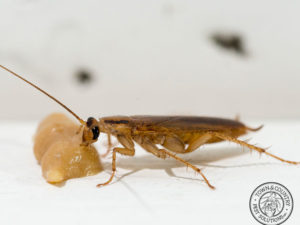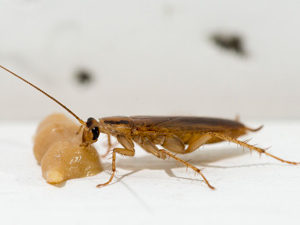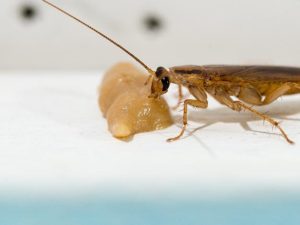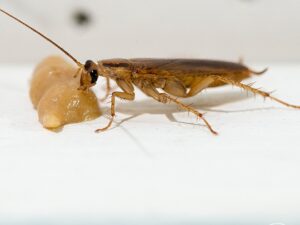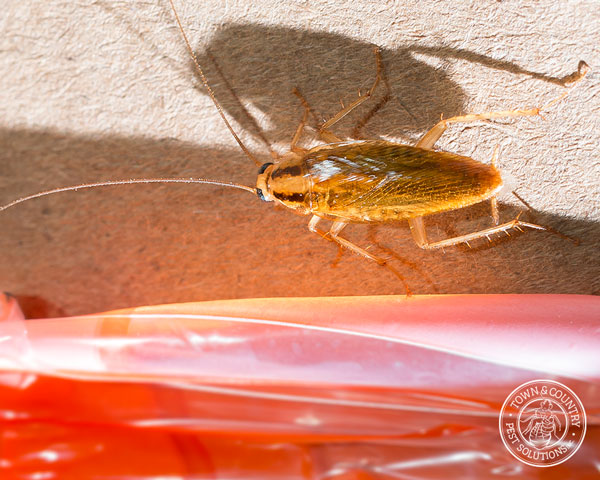
Cockroaches are among the most aesthetically displeasing of all insect pests commonly found in homes, and they pose more than a mere nuisance to homeowners. Public health professionals, entomologists and pest control professionals often state that cockroaches are capable of transmitting disease. While this is most certainly true, cockroaches do not spread disease in the same way that mosquitoes and ticks spread disease.
After mosquitoes and ticks acquire pathogens from the blood they collect from wildlife, the pathogens survive and reproduce in their bodies. These pathogens can then be transmitted directly into the human bloodstream via mosquito and tick bites. This makes both mosquitoes and ticks “biological disease vectors,” as pathogens reproduce in concert with their natural biological functions.
Insect pests like cockroaches and flies, on the other hand, are “mechanical disease vectors,” as these insects inhabit filthy environments where a variety of pathogens collect on their exterior body. Cockroaches and flies then physically spread these pathogens everywhere they travel within homes. Mechanical disease vectors are not as threatening to human health as biological disease vectors, and no major disease outbreak in history has ever been conclusively linked to cockroaches. However, cockroaches are suspected of being the primary source of pathogens in several local disease outbreaks that saw victims living in homes that had been heavily infested with roaches.
The American public first became aware of the potential for roaches to spread disease back in 1911 when the Journal of Public Health announced that roach bodies harbored staphylococcus, streptococcus and pneumococcus germs. Today, well over 50 pathogens have been found on the bodies of common house-dwelling roach species, including German, American, Brown-banded and Oriental cockroaches, all of which are common in upstate New York.
A significant amount of research has found that cockroaches are also a primary source of indoor allergens, especially allergens that contribute to asthma and other pulmonary conditions. The Centers for Disease Control and Prevention lists cockroaches, their shed skins, and their excrement as triggers for asthma attacks. These roach byproducts continue to pose a threat to human health long after roach infestations are eliminated. This is why it is important to thoroughly sanitize homes following roach infestations.
Do you believe cockroaches and/or their byproducts played a role in the development of allergic conditions that you or someone you know suffers from?

